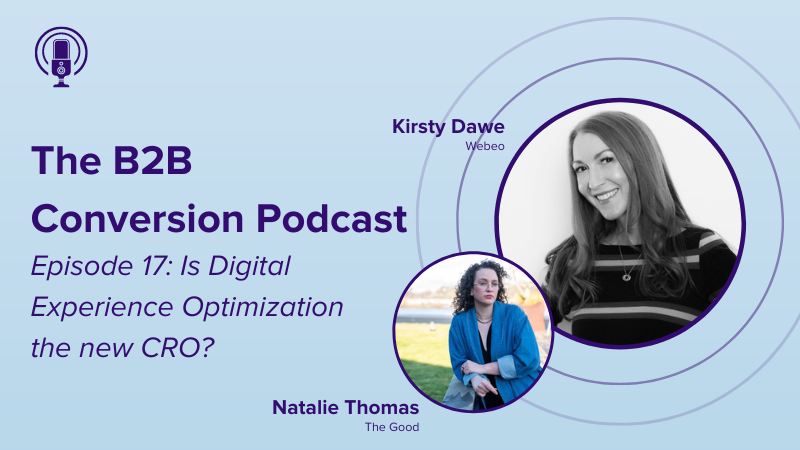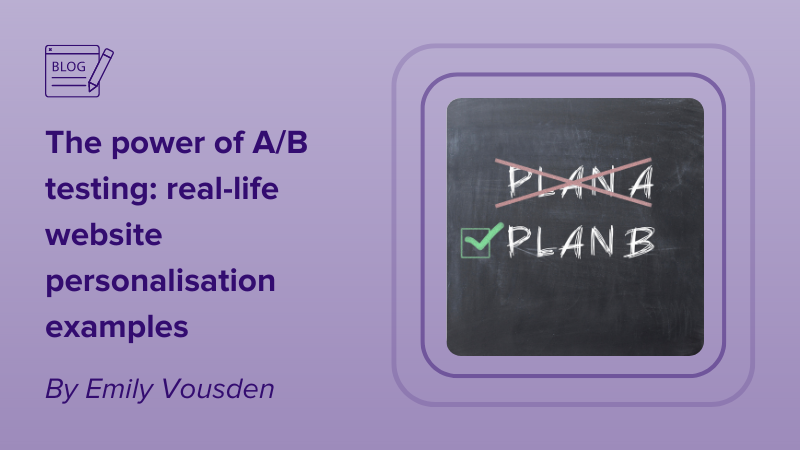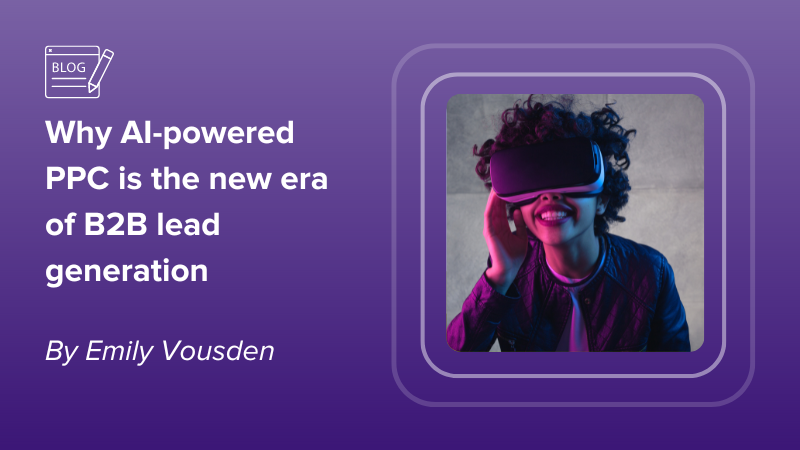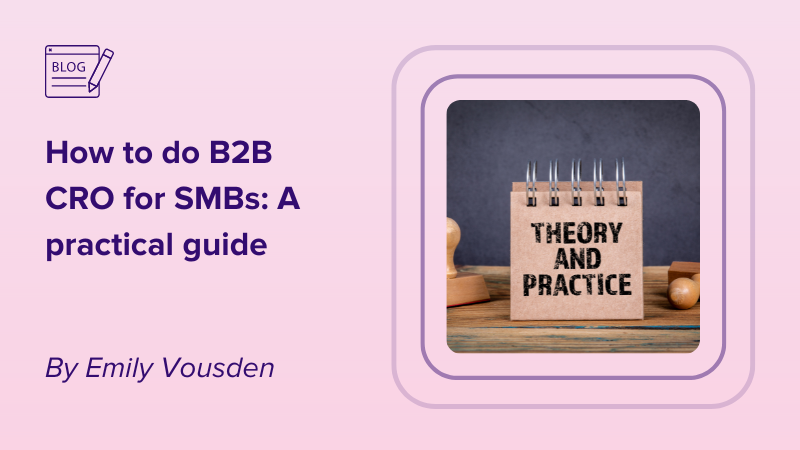Website personalization can take your business website to the next level. Econsultancy found 80% of companies have seen an uplift since implementing personalization. But to achieve the ultimate personalization success, it’s crucial to implement a web personalization strategy. You can look at our strategy guide here for a breakdown of what you need to create a website personalization strategy. Before we get to implementing a strategy, you first need to make sure you understand the value of personalization.
Website personalization — what’s the point?
Web personalization is the next evolution in personalized marketing. According to McKinsey, personalization increases the efficiency of marketing spend by up to 30%. And, Invespro found that 45% of online shoppers are more likely to shop on a website offering personalized recommendations. So, as you can see, there is very little room for impersonal marketing. We have access to so much data, and technology is advancing fast. There’s no excuse for lazy content or a one-size-fits-all approach anymore. If you don’t embrace it, you risk getting left behind. But what benefits can it bring to your site?
- Improved customer experience
- Increased customer retention and loyalty
- Product recommendation accuracy
- Opportunities to upsell and cross-sell
- Ability to share relevant content with key accounts
- Enhanced website optimization thanks to improved CRO and reduced bounce rate
- Proven return on investment (ROI)
Now we fully understand the benefits, it’s time to establish how to get the most out of it. This is where outlining your strategy comes into play.
Website personalization with industry segments, ABM and customer experience.
According to Kapost, 86% of marketing execs agree that a cohesive customer journey is important for landing sales. But online experiences need to be more than just cohesive to be truly successful. They need to be easy, enjoyable, and draw users back in. Think about your favorite brand — the experience you receive is a key part of your buyer journey. Total personalization should be your end goal as a business, but there are a few stops on the way.
Industry segmentation is a great place to start. It helps businesses split their audience so they can serve them relevant content. Start with your wider audience and break it down into groups that share similarities. Each of these will serve as a different segment and should receive an experience that meets its needs. Website personalization tools, like Webeo, enable users to create personalized web experience for each of their segments. They can be as niche or as broad as you like — but in general, the more personal the better. If you want to know the ins and outs of segmentation, we’ve got your back! Find out all you need to know here.
Account-based marketing takes this one step further. Businesses highlight key accounts they’d like to work with and market directly to them. According to ITSMA, 80% of B2B marketers agree that ABM delivers a higher ROI than other marketing activities. Personalized web content adds so much value when it comes to ABM. Key accounts will land on your site thanks to high quality marketing and sales efforts. But what will make them stay? They will be greeted by business name, met with imagery that will catch their eye and language that will meet their needs. The ultimate customer personalization experience!
Segmenting audiences for personalization
We’ve touched on industry segmentation, but there are a whole host of different ways to segment your audience. In short, there are a handful of common segmentation models:
- Behavioral targeting
- Demographics
- Psychographic segmentation
- Location
There are pros and cons to each. For maximum success, combine more than one model and define your audience as much as you can. You can delve into the benefits and disadvantages of each here. Segmentation helps you establish your audience and highlight which segments are most valuable to your business. This helps you prioritize and decide where time, money and effort should be invested!
Examples of website personalization success
Think Amazon. Netflix. Pandora. These businesses are leading the way in personalization, and they are clearly doing something right. You don’t become a house-hold name without providing incredible customer experience. From personalized playlists and a revolutionary recommendation engine, there is a clear benefit to personalizing your marketing approach.
You can read all about our favorite website personalization examples here. And, some great examples of how behavioral segmentation has been used by brands here.
Website personalization strategy template
There are a few crucial steps businesses need to take to ensure website personalization success. Here is the Webeo 6-step strategy for website personalization
- Define your audience– Use the data you have to get to know who your customers are and who they could be.
- Ensure you have the data you need– Look for gaps in your data – and make sure you can get what you need for success.
- Split your audience: segmentation, ABM or a combination of the two– Segment your data based on similarities, and/or establish key accounts for ABM.
- Prioritize– Establish the segments and accounts that bring the most value to you. Prioritize these.
- Personalize– Embrace website personalization and serve bespoke, tailored content to your audiences.
- Measure, learn and adapt– Measure your successes and failures. Be open to making changes to align with your goals.
Take a look at guide to building an effective website personalization strategy here.
Reviewing your strategy
Web content personalization isn’t perfect — but nothing is. Measure, learn and adapt when things don’t go exactly to plan. Go back to your strategy and see where you can make changes. Perhaps your priority accounts aren’t what you thought they were? Maybe the imagery and language you’re using doesn’t meet their needs? It’s unlikely you’ll get online personalization 100% right from the outset — ensure you put some time and resources into getting it as close to perfect as you can.
Webeo is the leading global website personalization software helping B2B organizations to create bespoke website experiences for their customers. Based on IP address, Webeo can personalize the any element of a web page, including language and imagery used to match the user’s needs. If you want to create an unforgettable website experience for your potential customers – discover Webeo and book your free demonstration today!




